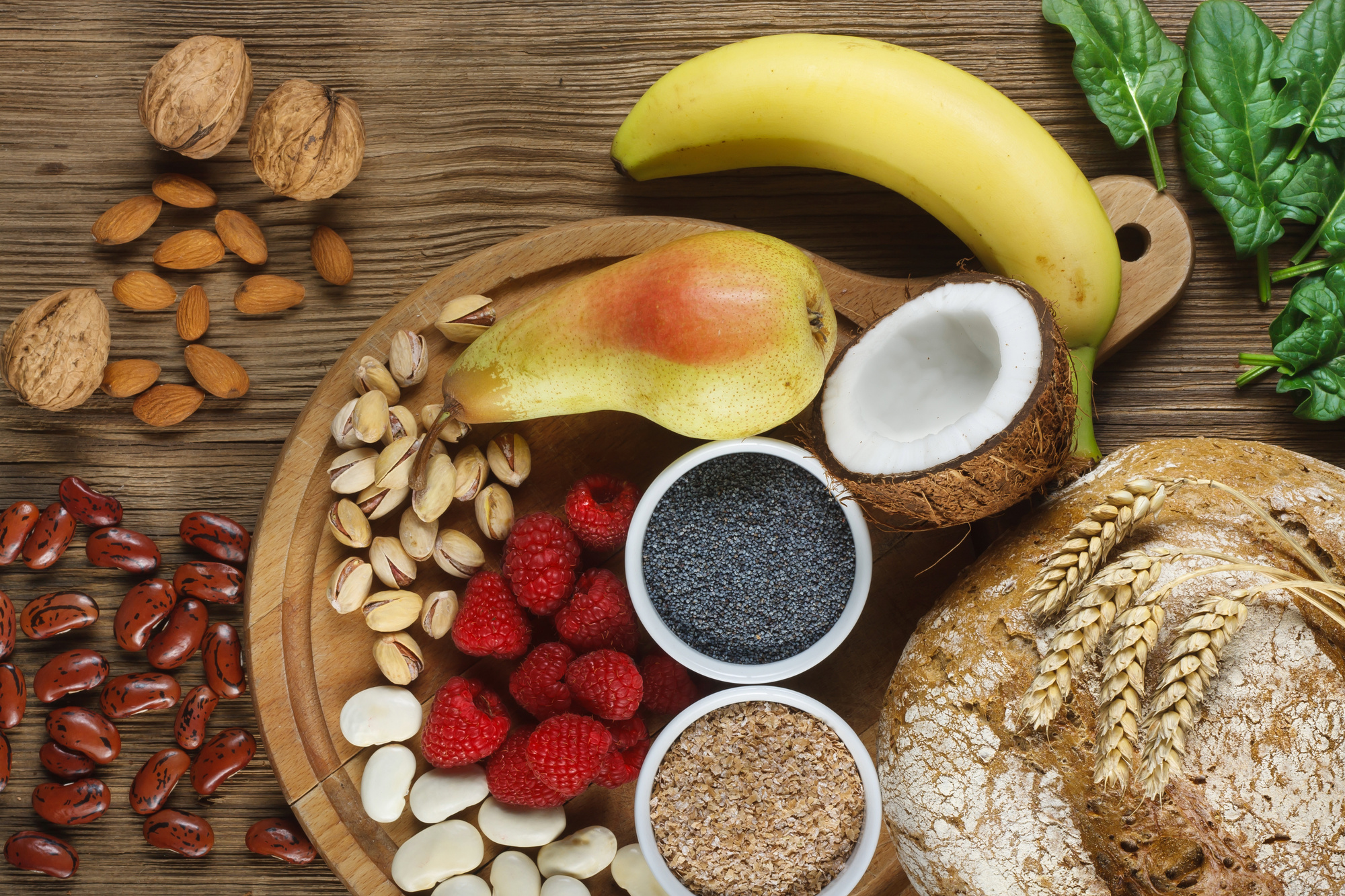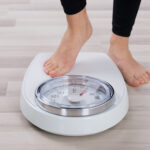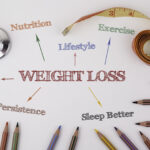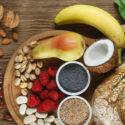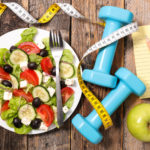
Americans are working out more now than they have in the last decade.
Despite that, the obesity rate has only continued to rise.
So, considering that more Americans are working out as they should, why is the obesity rate still rising.
Some experts attribute this unhealthy trend in part to workers spending too much time sitting at their desks. But, another major factor in the rise of obesity is Americans trying to eat healthily, but falling prey to clever marketing.
In grocery stores across the country, you can find shelves full of food that looks healthy and sounds healthy. But these “healthy” options are no better for consumers than traditional junk foods.
Here are twelve of these fake health foods the consumers should do their best to avoid when grocery shopping.
1. Protein Bars
This favorite of gym buffs and health nuts everywhere might as well be a candy bar.
While it’s true that most popular protein bars contain high and healthy amounts of their namesake — they also tend to be very high in sugar and calories.
That said, protein bars can be a healthy and convenient option for those looking to eat better while on the go. The trick is to carefully read the label to see exactly what’s in those protein bars.
And, as a rule of thumb, if it looks like a candy bar and tastes like a candy bar, then it’s probably no better than a Snickers.
2. Salad Dressing
Salads and raw vegetables are fantastic for those looking to eat healthier. The downside is, vegetables aren’t always the most flavorful option — and that’s where salad dressing comes in.
Store-bought salad dressing is great for making a bowl of lettuce taste like a meal, unfortunately, that flavor can come with a cost.
Most salad dressings contain enough sodium, sugar, and fat to cancel out the nutritional value of whatever they’re coating.
When it comes to salad dressing, it pays to be careful. Consumers should always check the nutritional label and only use recommended serving size.
3. Multigrain Bread
Consumers may think they’re making a healthy choice by making their turkey sandwich with multigrain bread. But, this “healthier” option is no better than good old-fashioned white bread.
Multigrain bread can have an almost identical glycemic index to white bread.
The bottom line is bread is bread, no matter how healthy it sounds. For consumers looking to improve on their eating habits, the best thing to do is to remember the adage, “Everything in moderation.”
When it comes to bread, the key is cutting back and portion control.
4. Flavored Oatmeal
Oatmeal can be a superfood — if prepared correctly.
On their own, oats can be high in fiber, incredibly nutritious, and good for the heart. Unfortunately, like most health foods, oats aren’t exactly famous for their flavor.
Buyers looking for the benefits of oatmeal, without sacrificing flavor tend to favor flavored oatmeal.
But, this quick and easy to make, super-delicious breakfast is not very healthy at all.
Instant oatmeals are usually overprocessed. This can cuts down on the nutritional qualities of the oats. On top of that, any additional flavoring usually comes courtesy of a ton of added sugar a chemical flavoring.
5. Bottled Teas
Tea is famous for its health benefits. Various types of teas can help with everything from inflammation to anxiety. So, it’s not surprising that consumers enjoying reaching for a bottled tea every now and then.
But, most bottled or pre-brewed teas often come with a plethora of additives that can really tank their nutritional value. Some bottled teas can contain more sugar per serving than soda.
Like everything else, the trick with tea is to read the label. Or, buyers could themselves a little money and a lot of reading by simply brewing their own tea at home.
6. Vegetable Chips
Vegetable chips like to try to pass themselves off as being a healthier option, but they’re generally no better than regular potato chips.
Many buyers choose vegetable chips thinking they have the same nutritional benefits as fresh produce.
Unfortunately, vegetable chips, much like potato chips, are usually full of fatty oils and sodium. Consumers are better off staying away.
7. Sushi
Considering how healthy fish is, it would stand to reason that sushi is a healthier lunch option than a sandwich. But, that is not exactly true.
What makes sushi, sushi is not the fish, it’s the rice — more specifically, vinegared rice that is not nearly as healthy as a serving of fish.
Depending on what it contains, most sushi rolls are just as unhealthy as a cheeseburger.
Ingredients like tempura chips and spicy mayonnaise are popular in many sushi rolls. Unfortunately, these can completely cancel out any nutritional value that may come from the fish.
Sushi lovers who are looking to improve their diets may want to ditch the rice altogether and make the switch to sashimi. Sashimi has all the same fishy goodness, without all the unhealthy extras.
8. Margarine
Most consumers found out about the hidden dangers of margarine some time ago. But, there are those who still believe it is better than regular butter.
Margarine is full of trans fats and consists primarily of refined oils — meaning it is actually much worse than real, dairy-based butter.
Consumers would be better off, in the long run, buying a high-quality, grass-fed butter than margarine.
9. Fruit Juice
Most fruit juices buyers find lining store shelves may as well be in the soft drink aisle.
Fruit is only healthy in moderation because while it contains plenty of vitamins, it also contains a fair amount of natural sugars.
Fruit juice usually contains half of the nutritional value of fruit and a lot of added processed sugar. Unless consumers plan to squeeze their own juice at home, they’re better off skipping fruit juice entirely.
10. Vegetarian “Meat”
Veggie patties can be healthy — with the keyword here being, “can.”
Fake meat products are full of fillers that give them the appearance, taste, and texture of real meat.
When it comes to vegetarian patties, consumers should always check the nutrition facts.
11. Granola
For those looking to eat better and add some fiber to their diet, granola can be excellent.
That said like with protein bars, most granola might as well be a sugary breakfast cereal. There is a lot of granola marketed as being healthy, but that actually contains dangerous amounts of added sugar.
As with protein bars, consumers should always check the label when buying granola to ensure that their healthy option is just that.
12. Fat-Free Products
The fat-free craze that started in the late 80s did far more harm than good. The trend saturated the market with “reduced fat” options that are more dangerous than their full-fat counterparts.
Researchers have since debunked the science behind the low-fat and fat-free trend. That said, many consumers still choose these products because at first glance they seem like the healthier choice.
The reality is, to make reduced-fat foods more palatable, they are full of additives and processed sugar, which are more harmful than fats.
Cutting Out Junk Foods
Everyone wants to be healthy, and one of the best ways to do that is by cutting out those dangerous junk foods that are masquerading as healthy.
Anyone who is trying to improve their health and lose weight, and is looking for a little help with their diet has come to the right place.
With dozens of articles on healthy eating habits, Weight Goal Fast is a one-stop shop for diet, exercise, and weight loss information. Visit today to read more.


